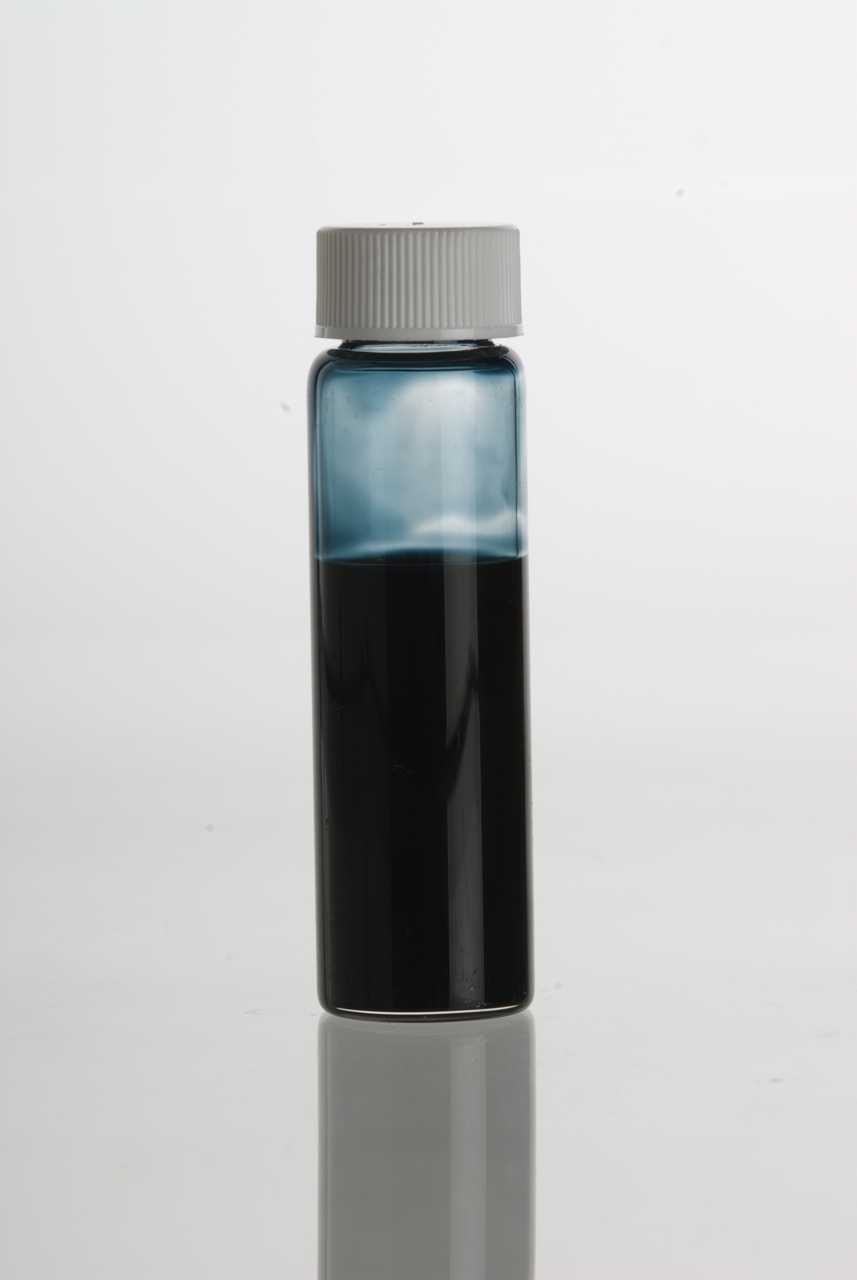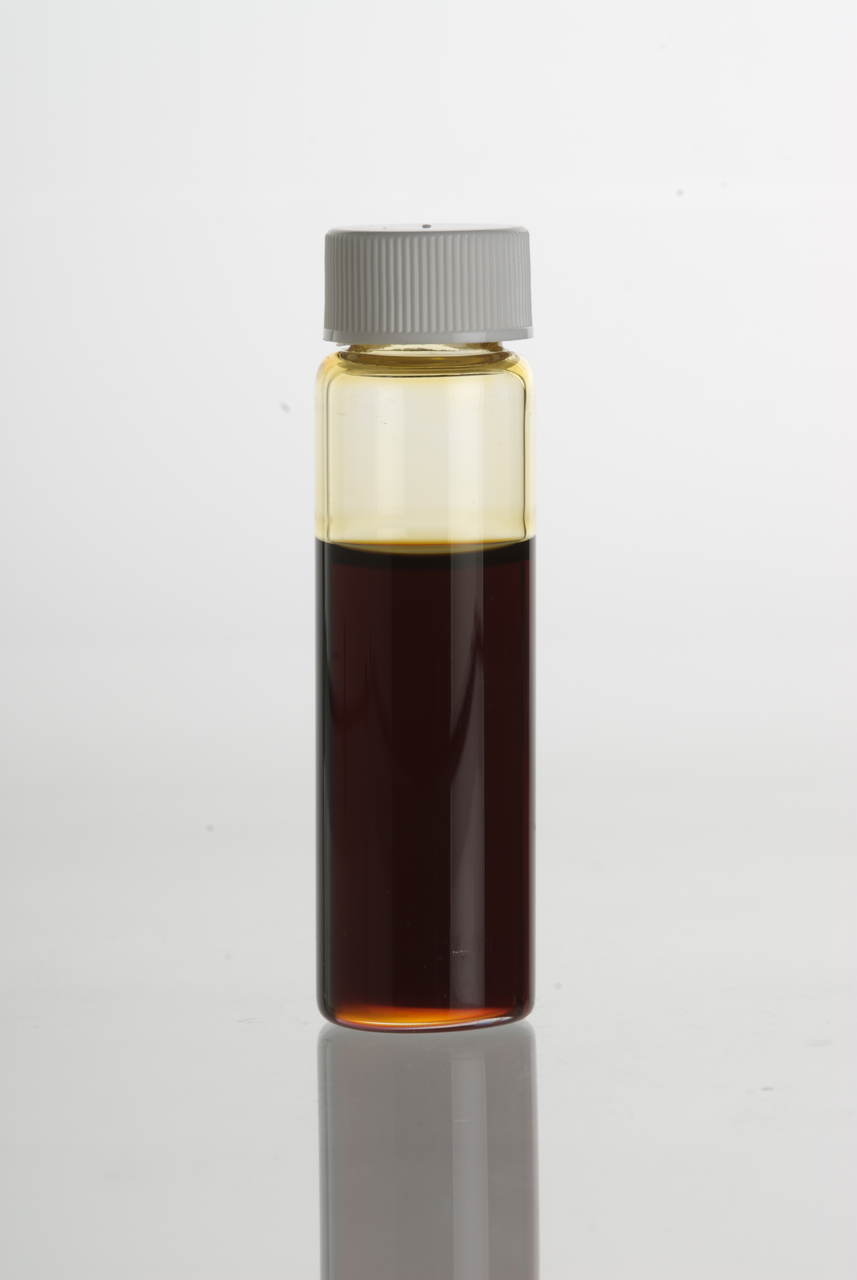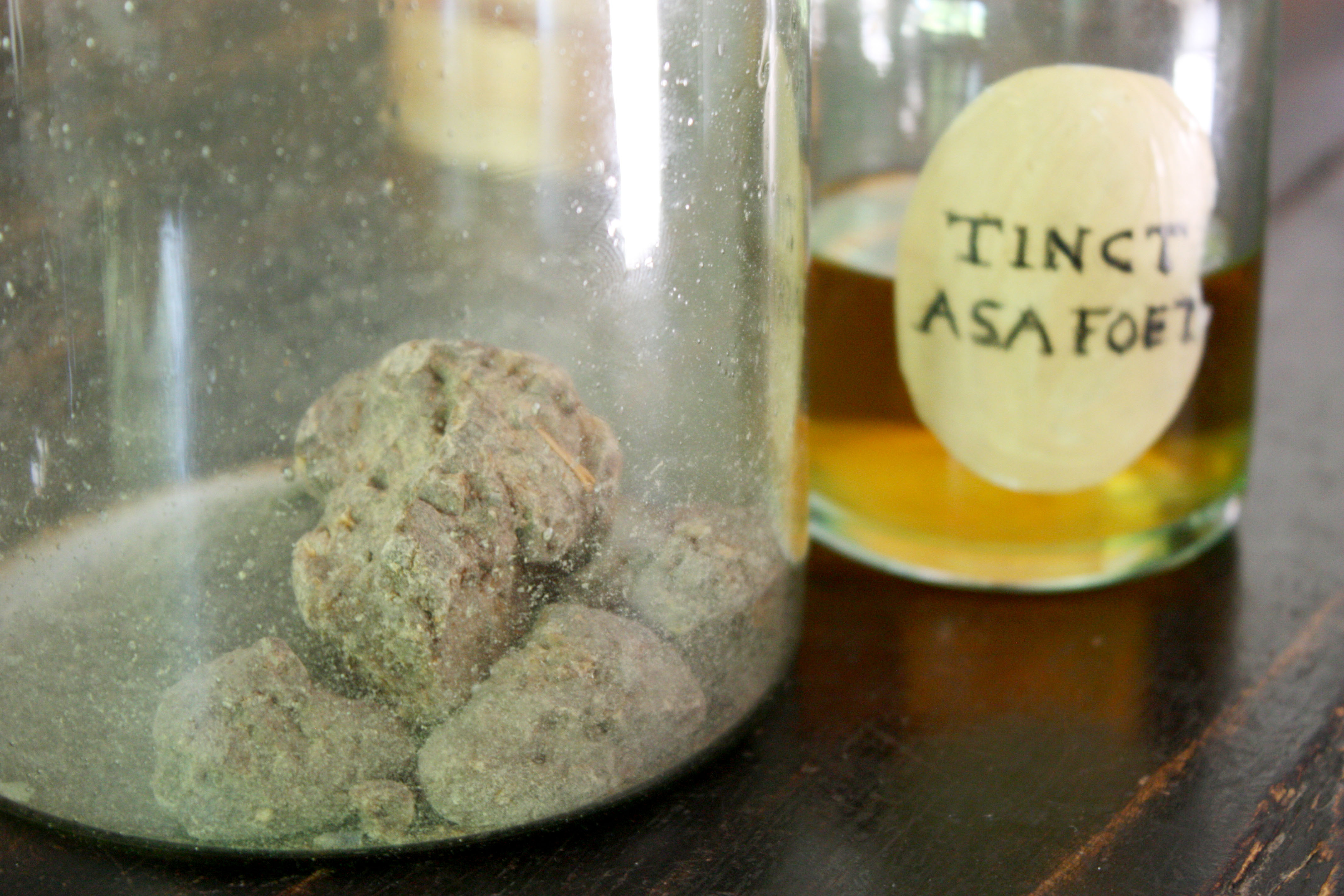|
List Of Essential Oils
Essential oils are volatile and liquid aroma compounds from natural sources, usually plants. They are not oils in a strict sense, but often share with oils a poor solubility in water. Essential oils often have an odor and are therefore used in food flavoring and perfumery. They are usually prepared by fragrance extraction techniques (such as distillation, cold pressing, or Solvent extraction). Essential oils are distinguished from aroma oils (essential oils and aroma compounds in an oily solvent), infusions in a vegetable oil, absolutes, and concretes. Typically, essential oils are highly complex mixtures of often hundreds of individual aroma compounds. * Agar oil or , distilled from agarwood (''Aquilaria malaccensis''). Highly prized for its fragrance. * Ajwain oil, distilled from the leaves of ('' Carum copticum''). Oil contains 35–65% thymol. * Angelica root oil, distilled from the ''Angelica archangelica''. * Anise oil, from the ''Pimpinella anisum'', rich odor ... [...More Info...] [...Related Items...] OR: [Wikipedia] [Google] [Baidu] |
Absolute (fragrance)
Used in perfumery and aromatherapy, absolutes are similar to essential oils. They are concentrated, highly aroma compound, aromatic, oily mixtures extracted from plants. Whereas essential oils are produced by distillation, boiling or Expeller pressing, pressing, absolutes are produced through solvent extraction, or more traditionally, through enfleurage. Production First, plant material is extracted with a hydrocarbon solvent, such as hexane, to yield a Concrete (perfumery), concrete. The concrete is then extracted with ethanol. The ethanol extract is cooled (e.g., to −15 °C) to solidify waxes, and Filtration#Methods, cold filtered to yield a liquid extract. When the ethanol evaporates, an oil—the absolute—is left behind. Traditionally, the absolute was obtained by enfleurage, where the resulting pommade was extracted with ethanol to yield the absolute. Character and use Some raw materials are either too delicate or too inert to be steam-distilled and can only yield ... [...More Info...] [...Related Items...] OR: [Wikipedia] [Google] [Baidu] |
Asafoetida
Asafoetida (; also spelled asafetida) is the dried latex ( gum oleoresin) exuded from the rhizome or tap root of several species of ''Ferula'', perennial herbs growing tall. They are part of the celery family, Umbelliferae. Asafoetida is thought to be in the same genus as silphium, a North African plant now believed to be extinct, and was used as a cheaper substitute for that historically important herb from classical antiquity. The species are native to the deserts of Iran and mountains of Afghanistan where substantial amounts are grown. Asafoetida has a pungent smell, as reflected in its name, lending it the trivial name of "stinking gum". The odor dissipates upon cooking; in cooked dishes, it delivers a smooth flavour reminiscent of leeks or other onion relatives. Asafoetida is also known colloquially as "devil's dung" in English (and similar expressions in many other languages). Etymology and other names The English name is derived from ''asa'', a latinised form of ... [...More Info...] [...Related Items...] OR: [Wikipedia] [Google] [Baidu] |
Licorice
Liquorice (British English) or licorice (American English) ( ; also ) is the common name of ''Glycyrrhiza glabra'', a flowering plant of the bean family Fabaceae, from the root of which a sweet, aromatic flavouring can be extracted. The liquorice plant is an herbaceous perennial legume native to Western Asia, North Africa, and Southern Europe. Botanically, it is not closely related to anise or fennel, which are sources of similar flavouring compounds. (Another such source, star anise, is even more distantly related from anise and fennel than liquorice, despite its similar common name.) Liquorice is used as a flavouring in candies and tobacco, particularly in some European and West Asian countries. Liquorice extracts have been used in herbalism and traditional medicine. Excessive consumption of liquorice (more than per day of pure glycyrrhizinic acid, a liquorice component) may result in adverse effects, and overconsumption should be suspected clinically in patients ... [...More Info...] [...Related Items...] OR: [Wikipedia] [Google] [Baidu] |
Pimpinella Anisum
Anise (; '), also called aniseed or rarely anix is a flowering plant in the family Apiaceae native to Eurasia. The flavor and aroma of its seeds have similarities with some other spices and herbs, such as star anise, fennel, licorice, and tarragon. It is widely cultivated and used to flavor food, candy, and alcoholic drinks, especially around the Mediterranean. Description Anise is an herbaceous annual plant growing to or more. The leaves at the base of the plant are simple, long and shallowly lobed, while leaves higher on the stems are feathery pinnate, divided into numerous small leaflets. The flowers are either white or yellow, approximately in diameter, produced in dense umbels. The fruit is an oblong dry schizocarp, long, usually called "aniseed".Anise (''Pimpinella anisum'' L.) from Gernot Katzer ... [...More Info...] [...Related Items...] OR: [Wikipedia] [Google] [Baidu] |
Anise Oil
Anise (; '), also called aniseed or rarely anix is a flowering plant in the family Apiaceae native to Eurasia. The flavor and aroma of its seeds have similarities with some other spices and herbs, such as star anise, fennel, licorice, and tarragon. It is widely cultivated and used to flavor food, candy, and alcoholic drinks, especially around the Mediterranean. Description Anise is an herbaceous annual plant growing to or more. The leaves at the base of the plant are simple, long and shallowly lobed, while leaves higher on the stems are feathery pinnate, divided into numerous small leaflets. The flowers are either white or yellow, approximately in diameter, produced in dense umbels. The fruit is an oblong dry schizocarp, long, usually called "aniseed".Anise (''Pimpinella anisum'' L.) from Gernot Ka ... [...More Info...] [...Related Items...] OR: [Wikipedia] [Google] [Baidu] |
Angelica Archangelica
''Angelica archangelica'', commonly known as garden angelica, wild celery, and Norwegian angelica, is a biennial plant from the family Apiaceae, a subspecies of which is cultivated for its sweetly scented edible stems and roots. Like several other species in Apiaceae, its appearance is similar to several poisonous species ('' Conium'', '' Heracleum'', and others), and should not be consumed unless it has been identified with absolute certainty. Synonyms include ''Archangelica officinalis'' Hoffm. and ''Angelica officinalis'' Moench. Description and distribution During its first year, it grows only leaves, but during its second year, its fluted stem can reach a height of 2.5 meters (just over 8 feet), and the root is used in flavoring preparations. Its leaves consist of numerous small leaflets divided into three principal groups, each of which is again subdivided into three lesser groups. The edges of the leaflets are finely toothed or serrated. The flowers, which blossom in July, ... [...More Info...] [...Related Items...] OR: [Wikipedia] [Google] [Baidu] |
Angelica
''Angelica'' is a genus of about 60 species of tall biennial and perennial herbs in the family Apiaceae, native to temperate and subarctic regions of the Northern Hemisphere, reaching as far north as Iceland, Lapland, and Greenland. They grow to tall, with large bipinnate leaves and large compound umbels of white or greenish-white flowers. Found mainly in China, its main use was for medicine. It shows variations in fruit anatomy, leaf morphology, and subterranean structures. The genes are extremely polymorphic. Some species can be found in purple moor and rush pastures. Characteristics ''Angelica'' species grow to tall, with large bipinnate leaves and large compound umbels of white or greenish-white flowers. Their large, sparkling, starburst flowers are pollinated by a great variety of insects (the generalist pollination syndrome), the floral scents are species-specific, and even specific to particular subspecies. The active ingredients of angelica are found in the r ... [...More Info...] [...Related Items...] OR: [Wikipedia] [Google] [Baidu] |
Thymol
Thymol (also known as 2-isopropyl-5-methylphenol, IPMP), , is a natural monoterpenoid phenol derivative of ''p''-Cymene, isomeric with carvacrol, found in oil of thyme, and extracted from ''Thymus vulgaris'' (common thyme), ajwain, and various other plants as a white crystalline substance of a pleasant aromatic odor and strong antiseptic properties. Thymol also provides the distinctive, strong flavor of the culinary herb thyme, also produced from ''T. vulgaris''. Thymol is only slightly soluble in water at neutral pH, but it is extremely soluble in alcohols and other organic solvents. It is also soluble in strongly alkaline aqueous solutions due to deprotonation of the phenol. Its dissociation constant ( p''K''a) is . Thymol absorbs maximum UV radiation at 274 nm. Chemical synthesis Thymol is produced by the alkylation of ''m''-cresol and propene: : History Ancient Egyptians used thyme for embalming. The ancient Greeks used it in their baths and burned it as ... [...More Info...] [...Related Items...] OR: [Wikipedia] [Google] [Baidu] |
Carum Copticum
Ajwain, ajowan (), or ''Trachyspermum ammi''—also known as ajowancaraway, omam (in Tamil), thymol seeds, bishop's weed, or carom—is an annual herb in the family Apiaceae. Both the leaves and the seed‑like fruit (often mistakenly called seeds) of the plant are consumed by humans. The name " bishop's weed" also is a common name for other plants. The "seed" (i.e., the fruit) is often confused with lovage "seed". Description Ajwain's small, oval-shaped, seed-like fruits are pale brown schizocarps, which resemble the seeds of other plants in the family Apiaceae such as caraway, cumin and fennel. They have a bitter and pungent taste, with a flavor similar to anise and oregano. They smell almost exactly like thyme because they also contain thymol, but they are more aromatic and less subtle in taste, as well as being somewhat bitter and pungent. Even a small number of fruits tends to dominate the flavor of a dish. Cultivation and production Ajwain tends to grow in regions t ... [...More Info...] [...Related Items...] OR: [Wikipedia] [Google] [Baidu] |
Ajwain
Ajwain, ajowan (), or ''Trachyspermum ammi''—also known as ajowancaraway, omam (in Tamil), thymol seeds, bishop's weed, or carom—is an annual herb in the family Apiaceae. Both the leaves and the seed‑like fruit (often mistakenly called seeds) of the plant are consumed by humans. The name " bishop's weed" also is a common name for other plants. The "seed" (i.e., the fruit) is often confused with lovage "seed". Description Ajwain's small, oval-shaped, seed-like fruits are pale brown schizocarps, which resemble the seeds of other plants in the family Apiaceae such as caraway, cumin and fennel. They have a bitter and pungent taste, with a flavor similar to anise and oregano. They smell almost exactly like thyme because they also contain thymol, but they are more aromatic and less subtle in taste, as well as being somewhat bitter and pungent. Even a small number of fruits tends to dominate the flavor of a dish. Cultivation and production Ajwain tends to grow in reg ... [...More Info...] [...Related Items...] OR: [Wikipedia] [Google] [Baidu] |
Aquilaria
''Aquilaria'' is a genus of fifteenNg, L.T., Chang Y.S. and Kadir, A.A. (1997) "A review on agar (gaharu) producing Aquilaria species" ''Journal of Tropical Forest Products'' 2(2): pp. 272-285 species of trees, called lign aloes or lign-aloes trees, in the family Thymelaeaceae, native to southeast Asia. They occur particularly in the rainforests of Indonesia, Thailand, Cambodia, Laos, Vietnam, Malaysia, Northeast India, Bangladesh, the Philippines, Borneo and New Guinea. The trees grow to 6–20 m tall. The leaves are alternate, 5–11 cm long and 2–4 cm broad, with a short acuminate apex and an entire margin. The flowers are yellowish-green, produced in an umbel; the fruit is a woody capsule 2.5–3 cm long. The genus is best known, together with '' Gyrinops'', as the principal producer of the resin-suffused agarwood used in aromatic incense production, especially '' Aquilaria malaccensis''.Barden, Angela (2000) ''Heart of the Matter: Agarwood Use and Trade and ... [...More Info...] [...Related Items...] OR: [Wikipedia] [Google] [Baidu] |





